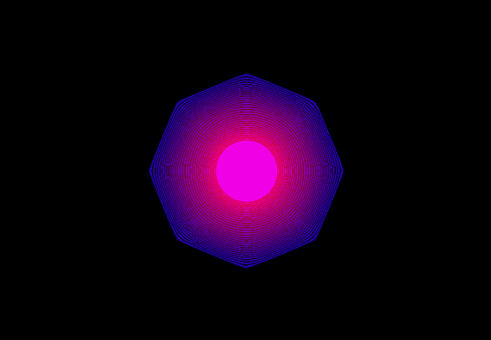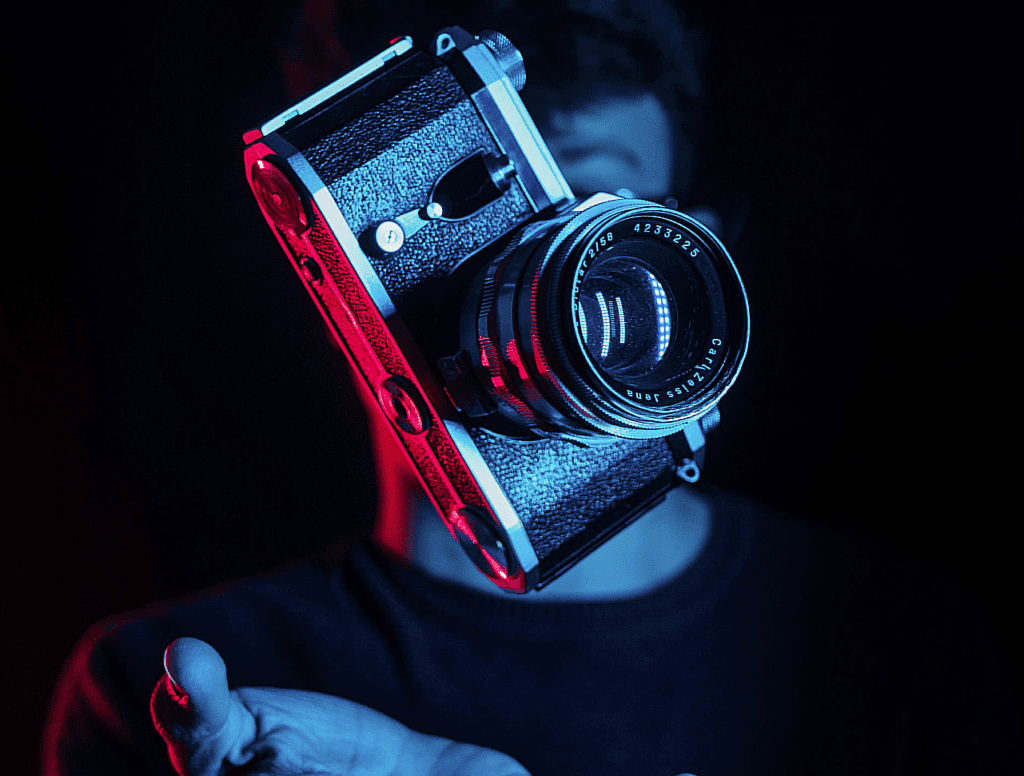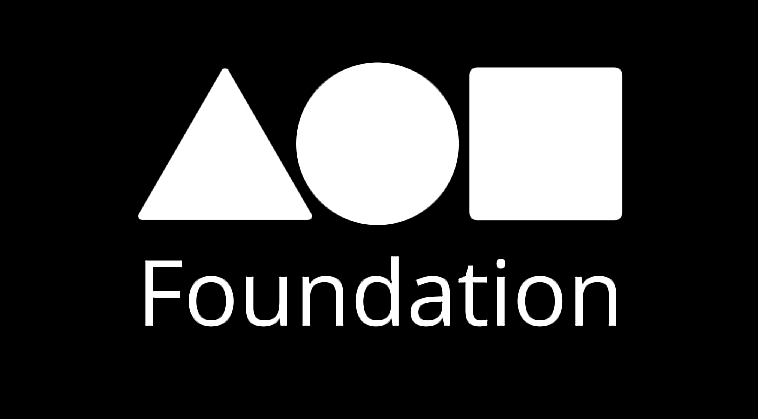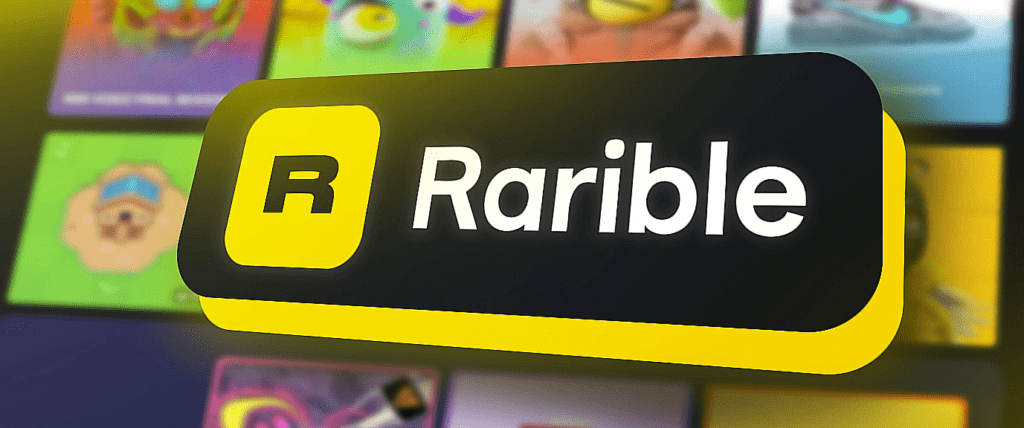I’m sure you’ve heard of NFTs, but have you ever wondered what they’re capable of? Today, NFT’s potential goes far beyond finance and extends to artistic communities, which is great news for photographers. Photographers can now take full advantage of NFT photography.
While NFT photography may seem like the latest craze on the market right now. But it isn’t. It was 2014 that witnessed the sale of the world’s first NFT that exceeded $1 million in value.

Their popularity has grown recently, mostly due to high-profile sales that proved their value. For instance, an NFT representing digital art by musician Grimes garnered over $6 million in February 2021. The following month, “Mike Winkelmann also known as Beeple” sold an NFT named ‘Everydays: the First 5000 Days for $69.3 million at Christie’s.
Digital art such as an NFT picture or an NFT photo has the potential to fetch millions of dollars – thanks to the increasing number of platforms where these items can be purchased and sold.
A great example is “Kevin Abosch’s NFT photograph” featuring a dirt-covered potato, bought for $1.5 million in 2016, during a dinner party. Even though this example seems bizarre, it illustrates NFTs’ potential as a medium for visual artists and photographers.
Because of the confusion surrounding NFT photography and the difficulty of finding the right information, this article will cover all aspects of NFT photography, including where to sell NFT photos and what to look for when selling.
Let’s get started.
NFTs’ Role in NFT Photography
NFT is a key element and NFT photography revolves around them.
NFT stands for non-fungible tokens. Economically, fungible assets are liquid assets. This means that you can easily exchange it with other goods or assets. The non-fungible assets, however, cannot be interchanged.
Whereas, the NFT is a digital token, not a tangible asset. Thus, NFTs are one-of-a-kind assets due to their unique property. In a sense, it is more like a certificate of ownership for virtual assets. Images, videos, GIFs, etc., all fall under the category of virtual assets.
NFTs are then stored on a blockchain – a decentralized network. The blockchain is where transactions are verified and recorded using cryptography.

What is NFT Photography?
NFT photography represents an advancement in photography in which artists enjoy more exposure and financial gain through their work without being confined to both online distribution systems or traditional galleries for exhibition and sale.
To make sure that everyone understands what NFT Photography is, let me illustrate it with a real-world example.
Consider the sale and purchase of something limited edition. Do you have a plan to verify the authenticity of the limited edition you intend to buy? As proof of its authenticity, you may require something written from the owner with his signature or maybe a certificate.
Real-world art sales mirror NFT photography business models. How?
Especially because in NFT photography, you aren’t supplying a physical item, but rather a digital file, where NFT is the Certificate of Authenticity or the proof of ownership.
Do you know that in 2021, Forbes estimated NFT photography to be worth $23 billion?
There’s no doubt that certificates of authenticity are worth their weight in gold when it comes to proving the authenticity of limited edition prints. With this proof at hand, you can easily verify the authenticity of prints. This is what makes an image valuable if it is to be resold. Originality can’t be proven without it.
One of the arguing points against NFTs is the possibility of a right-click and a save. Yes, this is true. Buying a Mona Lisa from the Louvre is the same as having someone copy your print. Unfortunately, they are not originals. Thus, theoretically, they have no value.
Why should photographers consider it?
NFTs must be considered by photographers primarily due to the scarcity they bring to the digital realm. The truth is, prior to the advent of NFTs, artists shared one common concern – unauthorized use of their artwork. A similar situation exists for photographers, who rarely receive permission, credit, or financial returns for their work.
But now that NFTs have entered the mainstream, this dynamic is set to change.

NFTs offer verifiable ownership rights.
As a photographer, it’s you who can decide whether your creations are rare or common; for instance, you can create a one-of-a-kind artwork categorized as a rare NFT, or you can make it available as a multi-edition collectible.
Based on estimates by the photographer Daren Cox in 2021, landscape photographers sold their photos as NFTs, earning an average of $5,000, while the top earners made 10 times as much. According to Daren, photographers earned between 2.37 ETH ($2882.70) to 25.5 ETH ($31016.41) from July 5 to July 9, 2021.
In 2021, the NFT photography industry grew to a value of $200 million.
Decrypt estimates that the size of this market is similar to that of print photography.
Wait, there’s more to it.
According to industry experts, NFTs will eat up the traditional photography market as smartphone-savvy millennials are more likely to spend money on them.
Benefits
NFT photography offers a number of benefits, such as:
- Boosts revenue for creators
- Provides investors with an opportunity to enhance their art collection
- Provides investors with an opportunity to invest in cryptocurrencies
Now let’s talk about how to get started with NFT photography.
How To Get Started With NFT Photography?
Getting started with NFT photography is quite straightforward with the right guide. Below are the steps you need to take to get your first NFT photograph ready for sale.
Step 1: Join a crypto exchange

For NFT photography to work, you need to mint the NFTs. Whereas NFTs can only be minted with cryptocurrency. This requires a crypto exchange account. You can purchase cryptocurrency in USD, EUR, AUD, etc., through a reputable crypto exchange.
Most platforms where you mint your NFT photography will accept Ethereum. But ensure you vet the crypto exchange when choosing one. Consider its trading cost, security, simplicity of use, and the number of cryptocurrencies available.
Step 2: Sign up to an NFT marketplace and connect your wallet
Before you buy the cryptocurrency you need for minting, create a crypto wallet such as MetaMask. With this wallet, you can store both cryptocurrencies and NFTs. This can be done by getting one of two types of wallets: a cold wallet or a hot wallet. Your assets are stored offline in a cold wallet, while they are stored online in a hot wallet.

After getting your wallet and setting it up, sign up for an NFT marketplace. This marketplace is where you buy and sell NFT photographs. As we progress through this guide, we’ll discuss some of the most popular marketplaces.
Step 3: Upload your file to create the NFT image
At this point, you are ready to mint your first NFT. So, go to the marketplace of your choice and navigate to the Create an NFT section. Upload the image you want to convert to NFT and follow the steps.
Many NFT platforms accept different file formats. Hence, you could upload JPG, GIF, PNG, MP4, MP3, etc. But as you upload the file, take note of the max file size. Most NFT platforms have a limit of 100 MB.

Step 4: Create an auction
Next, decide on what type of NFT it will be. It would help if you didn’t focus only on aesthetics. Decide whether the NFT will be an editioned piece, a standalone piece, or a part of a collection. Whichever one you choose will influence both the price and the platform.
After deciding on the type, proceed to add a title, description, and type of auction; you can go for a bid or fixed-price option. Also, set the privacy preferences. And after completing the description, go ahead to post the listing.
Step 5: Pay the listing fee
But you must pay the listing fee before your listing goes public and become an actual NFT photograph. The listing fee differs for different marketplaces. For OpenSea, you must pay a one-time gas fee.
The gas fee can range from $10 to $600, depending on the time and day you want to upload the NFT.
Step 6: Build your community
The final step to ensure you sell your NFT fast and high is to get your NFT in front of collectors. Hence, it would be best to build your community strategically. Being active on Twitter and being smart about your pinned Tweet can be helpful.

Discord is another great place to connect with both collectors and photographers alike. And as you connect, ensure you show that you are in it for the long term. This feature is important if you sell NFTs with a higher price tag.
Understanding Some Concepts in NFT Photography
What is the point of NFT photography? If you have ever wondered about this, you are not alone. After all, NFT photography is a digitally viewable photograph, so anyone can view it. Below are a few concepts about NFT photography for better clarification.
● Ownership vs. Consumption
Ownership is one of the reasons NFT photography is relevant. NFTs use blockchain technology which is a public ledger. The blockchain makes transactions traceable and protects the alteration of a digital asset.
So, an NFT photograph is not necessarily an art file but a certificate of authenticity. So, even if others can view or consume an NFT photograph, they can’t claim credit for it if they don’t own the NFT tied to the art.
● Copyright
With NFT photography, photographers can keep the copyright to their work. Note that while copyright and ownership seem similar, they are quite distinct. Photographers don’t lose copyright rights over their work even after selling them.
Hence, as a photographer, you can still use the photo for commercial use even after you sell the photos. The only exception is when both parties agree to the copyright transfer in writing.
● Royalties
Another interesting concept that makes NFT attractive is royalties. Unlike physical art, it’s very hard to track and reward royalties. Once you sell an NFT photo to a collector, that may be the last time you earn from that sale. But with NFT photography, artists can continue to earn royalties through future resale.
● NFT Taxes
Are NFTs subjectable to tax? This question has bugged the minds of many beginners. This is ambiguous because tax authorities have yet to give proper guidance on the tax treatment of digital assets.
So, when it comes to taxing NFTs, creating one is not taxable. But when you list an NFT on an auction or trading platform, you are liable to pay tax on the profit generated from the sale.
Marketplaces To Sell Your NFTs
One of the most fun parts about NFTs is the selling part. There are many marketplaces and platforms you can explore when it comes to selling your NFTs. Below are some of the most well-known marketplaces to sell your NFTs.
● OpenSea
OpenSea is one of the most popular NFT marketplaces. It keyed into the NFT movement early enough to establish itself as the preferred choice for traders. Also, OpenSea is favored by NFT developers. Its open-world design allows users to mint NFTs through a shared control called Shared Storefront.

But the lack of restriction of OpenSea was more like a ticking time bomb. To mitigate the downsides of a lack of restrictions, OpenSea briefly restricted the number of NFTs each user can mint. But it got so much backlash from the community about this decision it had to reverse it. But despite these controversies, OpenSea is still one of the largest marketplaces, with over $4.8 billion in transaction volume in February 2022, according to Dune Analytics.
● Foundation
Foundation is another large NFT marketplace with a massive collection of NFT art. Based on the Ethereum-based blockchain, Foundation is a new marketplace founded in 2021. So far, Foundation has earned 39,000 ETH or $160 million for its creators.

To join Foundation, you must have a wallet like MetaMask, WalletConnect, and Coinbase Wallet. Also, with Foundation, you will pay a minting and listing of NFT fees. This fee can be up to 15% of the total sale price of the NFT.
● Rarible
Rarible is very similar to OpenSea in boosting a dynamic ecosystem. But unlike OpenSea, Rarible places more importance on decentralization. A native token, RARI, anchors the governance and economy of Rarible’s ecosystem. And holders of RARI can vote on policy changes and other critical decisions.

Rarible is a relatively new marketplace launched in 2020. According to DappRader, Rarible has had over 84,000 traders and a total trade volume of $185.12 million and counting. While these figures may not seem very alluring, with Rarible, creators can receive royalty fees of up to 50%.
Conclusion
Overall, note that while the NFT industry is lucrative, it takes time and dedication to make a profit out of it. Measuring how much you need to create and successfully sell an NFT can take time and effort. The reason is that NFT blockchain technology is complex and fluctuates. But as a beginner NFT photographer, take pride in the experience of discovering.
Hi, my name is Brandan Henry, and I’m an NFT, Blockchain, and Research enthusiast, as well as a content writer for NFT-onomics. I’m deeply passionate about exploring the potential of NFTs and blockchain technology. My mission is to educate people on the capabilities of non-fungible tokens and their applications. I stay up-to-date with the latest NFT news and trends, and as a full-time writer, I excel at generating creative, out-of-the-box ideas surrounding NFTs.